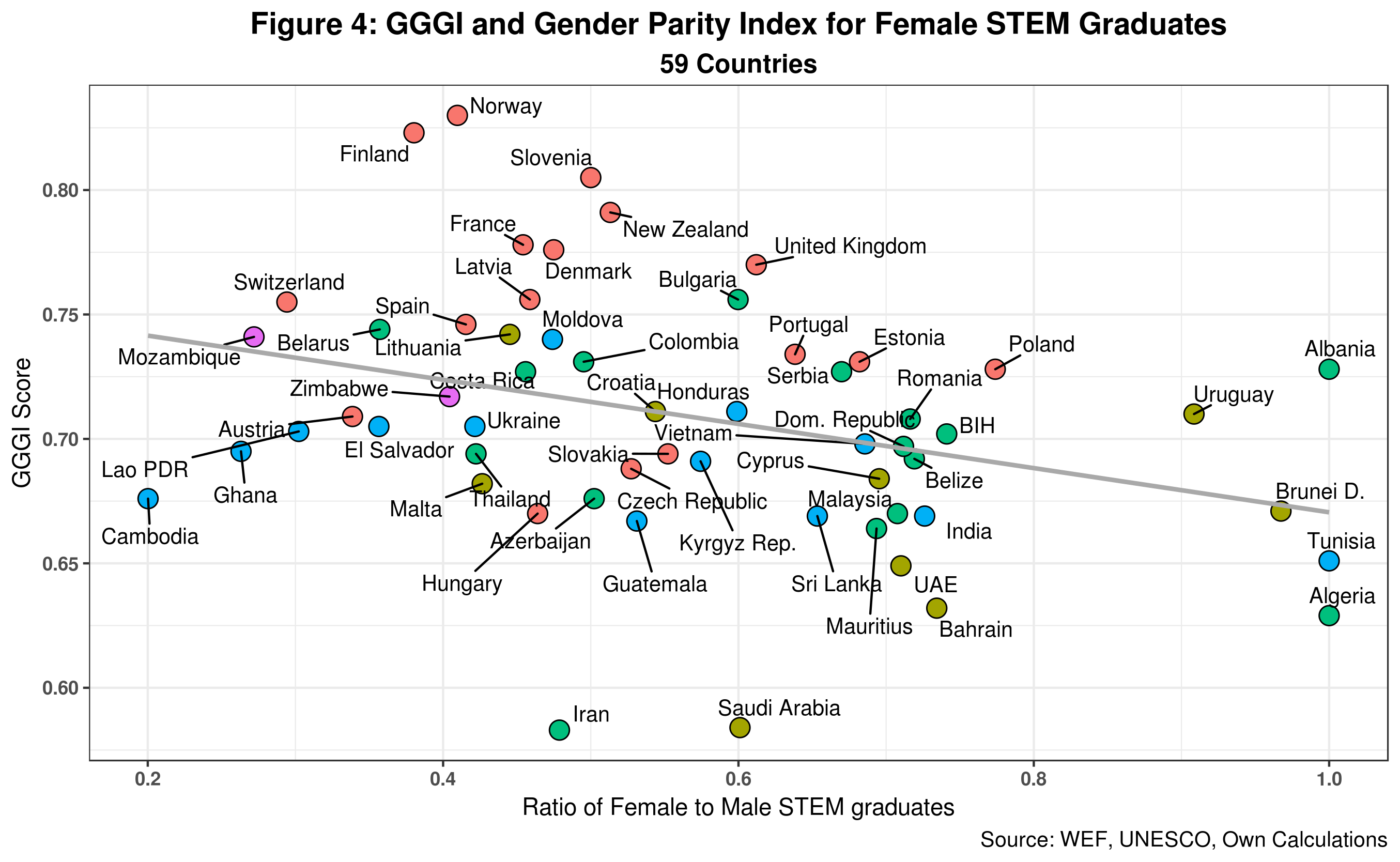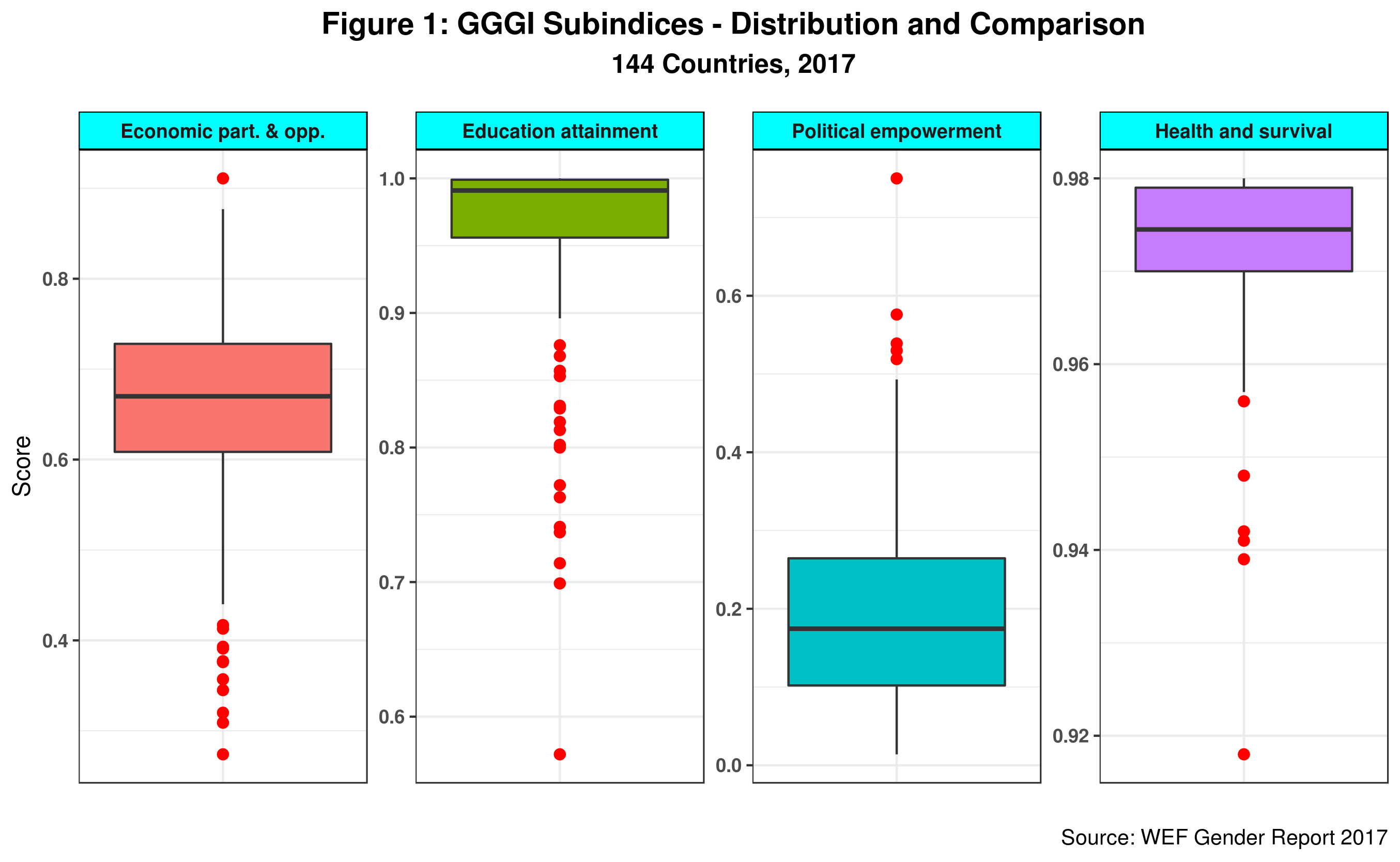Category: Gender
-

The Information Disorder: A Critique – I
Disinformation has been an almost constant threat in the Global South, haunting middle and lower-income countries for decades, if not more, long before it suddenly exploded in advanced democratic regimes. In a previous post, I recounted my daily experience swimming in a vast disinformation ocean. Some researchers have argued that colonialism was one of the…
-

Digital Government and Social Leaders
As part of an online course on Digital Government for Social Leaders, I was asked to develop a script for a five-minute animation where an Avatar will introduce the topic and entice the leaders to embrace it as part of their political agendas. The animation introduces the short course and is complemented by a more…
-

Deconstructing the Gender-Equality Paradox in STEM, Part II
In the previous post, I detailed some issues that could help explain in part the gender-equality STEM paradox. Recap These can be summarized as follows: The Global Gender Gap Index (GGGI) measures gaps not levels. It is thus a relative indicator that takes stock of the gender gap regardless of the level or depth of…
-

Deconstructing the Gender-Equality Paradox in STEM
A paper on the subject published a couple of weeks ago in the academic journal Psychological Science attracted plenty of attention thanks to some of its surprising conclusions.1 The paper is behind a paywall. Its main finding is that, contrary to all expectations, there is an inverse relation between gender equality and the number of…
